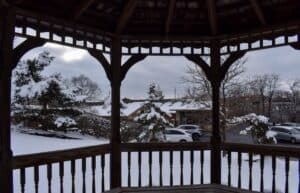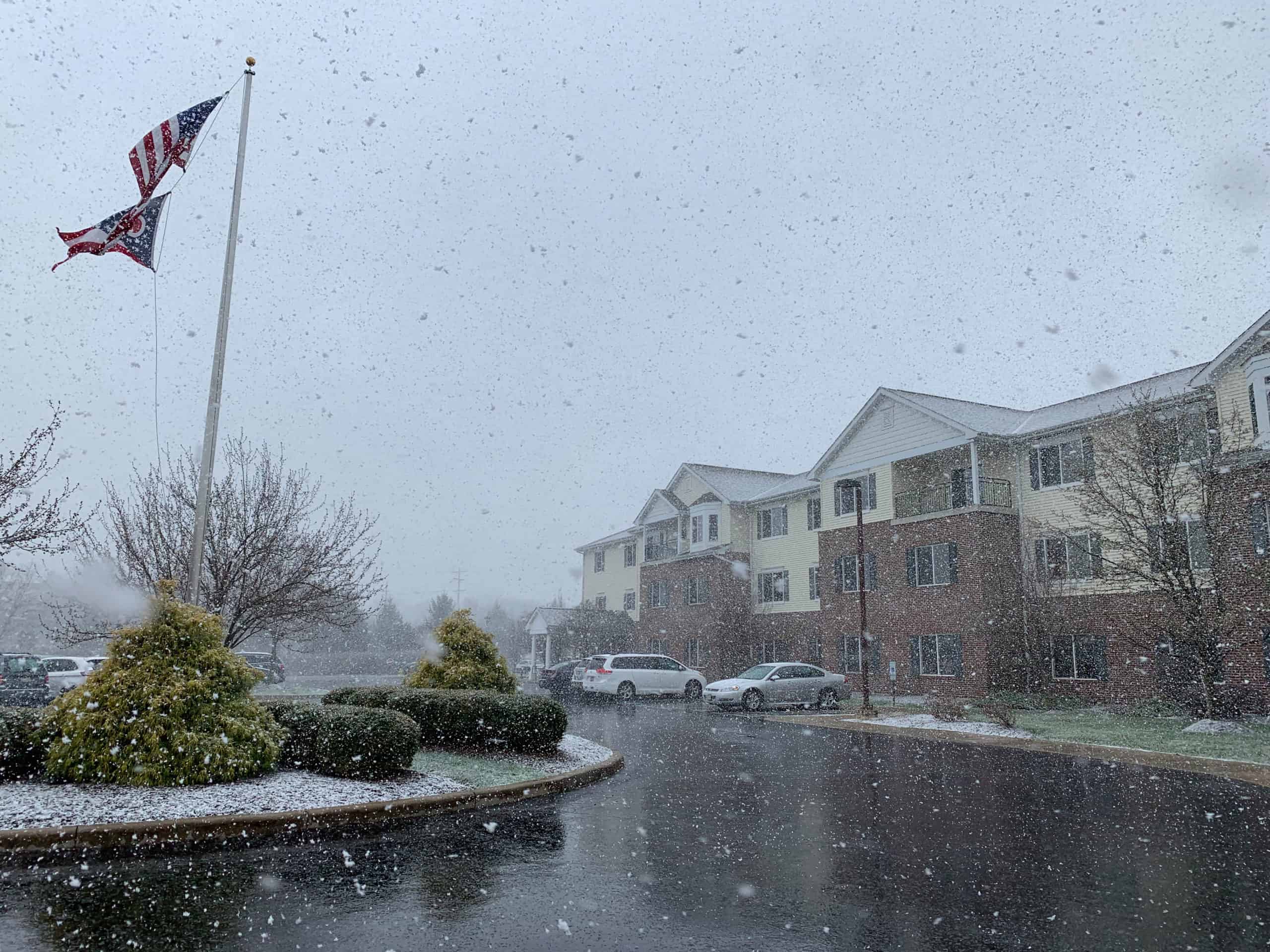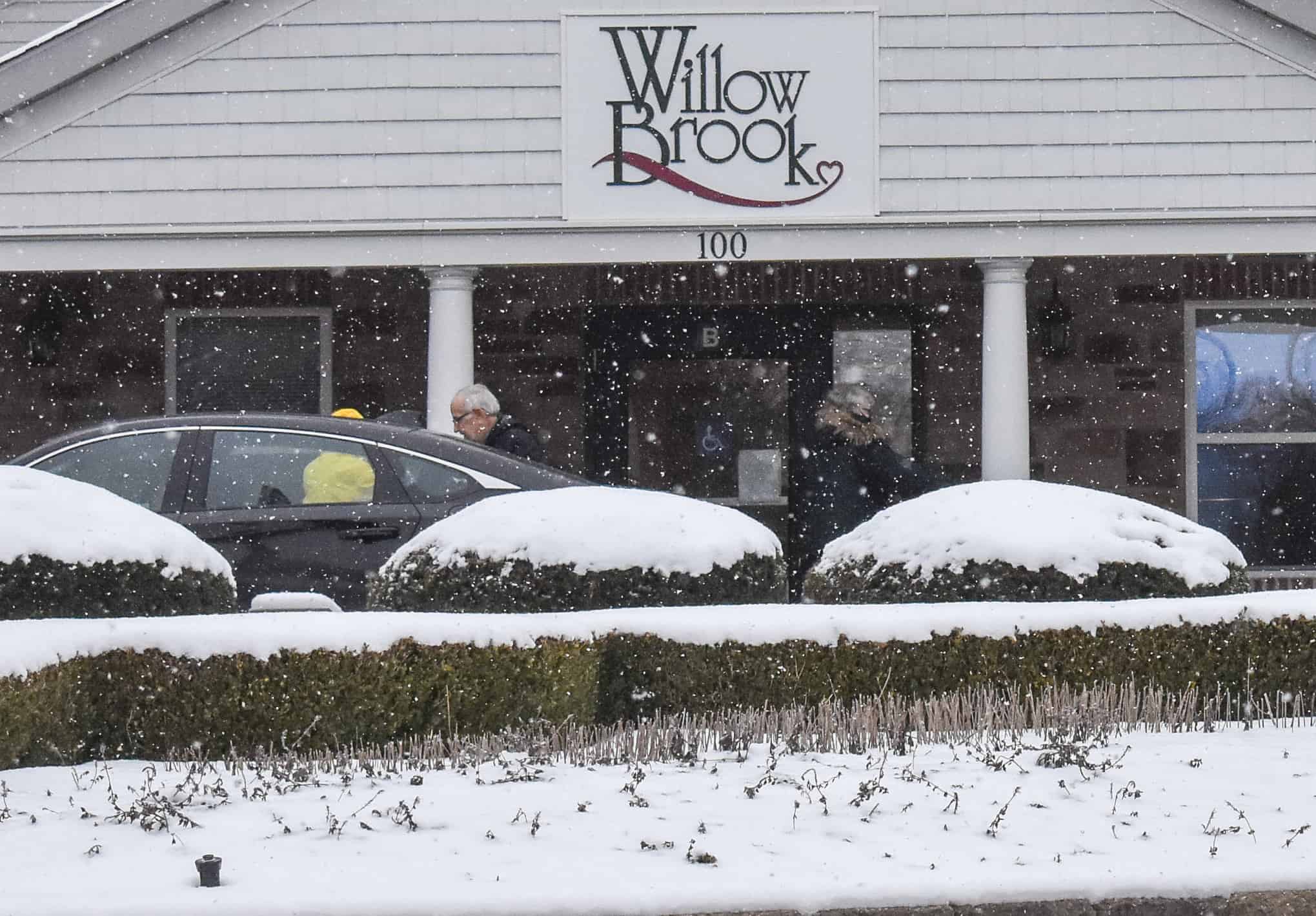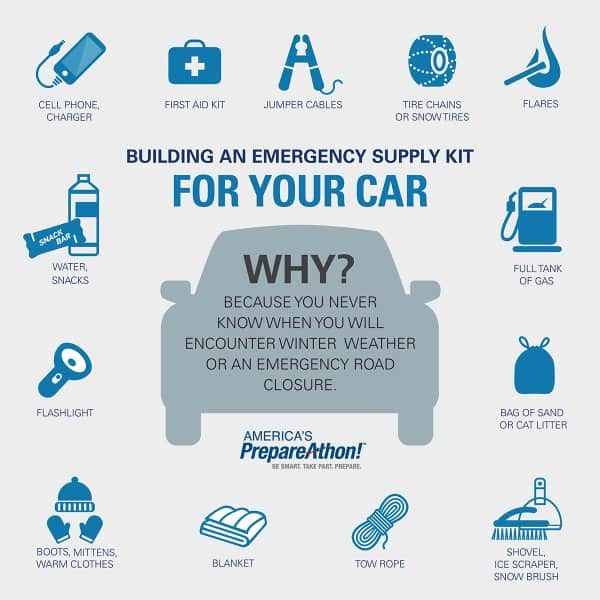
Recent Posts:


3 Big Benefits of Living in a Retirement Community During the Winter
December 20, 2024
No Comments
Read More »

Well, folks, even though it is still technically autumn, winter-like temperatures have arrived. We’ve already been graced with a few snowflakes, but nothing like what Buffalo, NY is expecting this weekend: between two and three FEET of snow! In central Ohio, snow will not be the issue, but bitter cold, with temperatures expected to dip into the teens. So, if you haven’t already, dig out that winter coat!

While many of us spend more time indoors during the winter, most of us still venture outside and at some point, brave cold weather, snowy roads, and icy conditions. While jokes abound about winter drivers, according to the AAA Foundation for Traffic Safety, winter storms, bad weather, and poor road conditions are a factor in nearly 500,000 crashes and more than 2,000 road deaths every winter. With that in mind, let’s talk about how we can best protect ourselves. We love these tips from the American Automobile Association (AAA):

When it comes to driving in the snow, ask yourself if you absolutely have to go out. If it can wait, don’t take an unnecessary risk. Willow Brook residents can call the front desk to get assistance with groceries, mail, deliveries, and more; and our culinary staff will be happy to deliver your meals if you don’t want to venture out.
If you do venture out in snowy weather, consider these driving tips:
And, if you are headed on a long car trip, be sure to plan ahead:

If you get stuck in the snow:
This video from Consumer Reports is also a good primer on how to handle winter driving challenges.
Finally, if you are a non-driver or choose not to drive, please consider sharing this information with the drivers in your life—loved ones, friends, grandchildren, etc. As my grandma used to say, “slow and steady wins the race.” It is timeless advice, especially when it comes to winter travel.



